
When it comes to glute exercise, the rule of “the more, the better” isn’t always true. Instead, there are a few things you can do to improve the impact and longevity of these muscles. Bret Contreras, a sports science Ph.D., shares his tips on how to stimulate the glutes and achieve results that will motivate you to keep going.
We carefully compiled the greatest professional advise so you may continue to exercise while having a vivid and clear picture of what you’re doing to assist you reach your goal.

Even if you lunge and squat every day, you won’t make much progress: “It’s a really prevalent condition,” Bret Contreras explains. Even if you don’t have the strongest glutes, he says, “even people who don’t have the strongest glutes may radically transform those muscles once they start training appropriately.”
There are some tips that can assist you in improving your butt shape.
Master the connection between your thoughts and your muscles.

The true results will come after you establish a mind-muscle connection, no matter how hard you work out. When it comes to glute exercise, this is especially important because many women don’t “feel” this muscle.
A series of 3 to 5 maximal glute contractions lasting 10 seconds at a time should be used to improve performance. Our brains develop accustomed to engaging the glutes over time, and it finally becomes automatic.
Work your muscles till they are exhausted.

When compared to lifting bigger weights for fewer reps, using light weights for 20-25 repetitions is ineffective at sculpting muscles. “Muscle work should be a challenge for you,” adds Contreras.
It’s much more efficient to repeat each exercise 8 to 10 times for 4 to 5 sets, especially if you progressively raise the weight until you reach muscular fatigue at the end of the workout.
Different gluteal areas are targeted.

Although deadlifting, squatting, and lunging are all beneficial, they primarily target our lower glutes, leaving our upper glutes unengaged. So, if you want to improve your results, begin targeting various gluteal regions of the gluteus maximus.
The barbell hip thrust, for example, activates the gluteus maximus far better than the squat, especially in the upper region.
Begin by performing barbell hip thrusts.
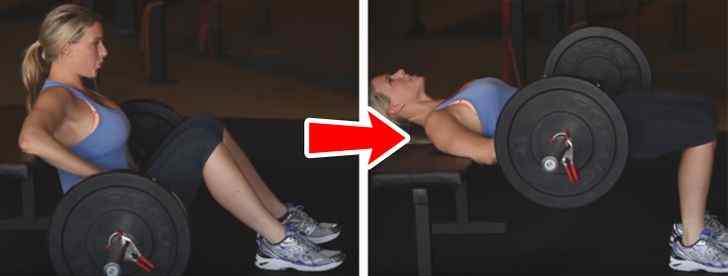
When it comes to constructing your ideal glutes, many people believe that squatting is all you need. However, this strategy is tedious and unlikely to yield the desired results.
Variations of hip thrust exercises, according to Bret Contreras, are the most effective approach to get high levels of muscle activation.
Don’t forget about your legs.
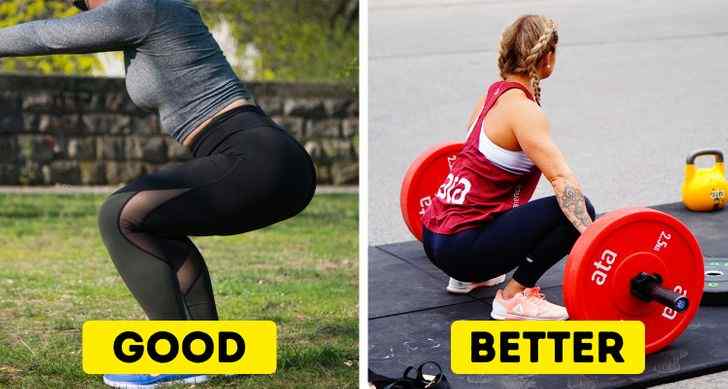
Working your hamstrings and quadriceps, as well as your glutes, improves the shape of your legs. Squats using weights to work the quads and hamstrings can be quite beneficial.
Jump squats, jump lunges, and box jumps, as well as any form of deadlifts, can work the hamstrings. This will result in a boost in total muscular strength.
Make an effort to do more than “simply squat.”
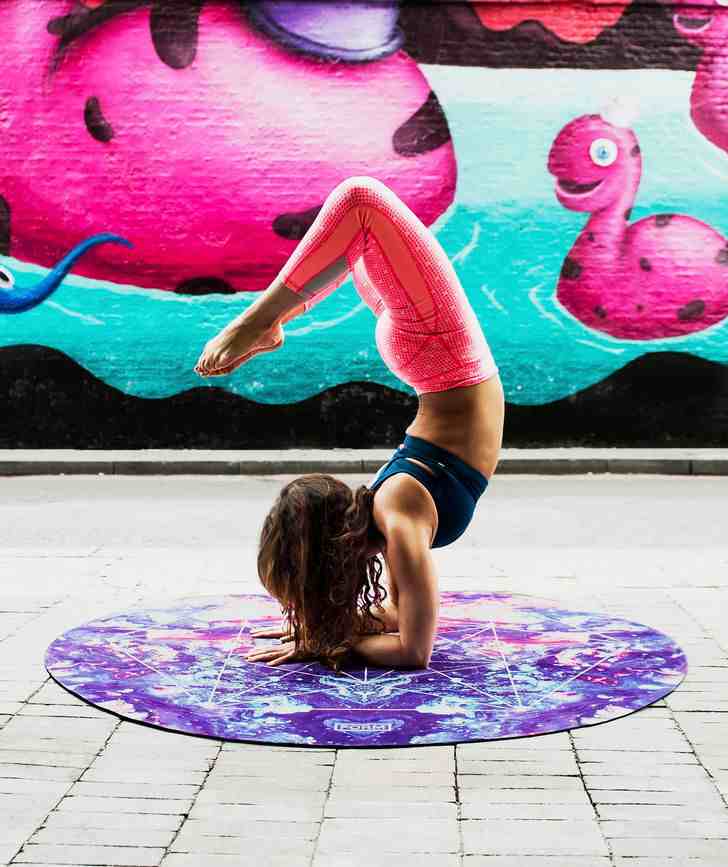
Well, life would be a lot easier if we only had to do one type of exercise to fix our problems and gain muscle mass. Having said that, if anything appears to be too good to be true, it almost always is. So, if you want to strengthen your glutes, don’t only squat. Numerous testimonies show that introducing more variation into their glute workouts has helped them get the glute shape they’ve always desired.
Train your glutes no more than 3-5 times each week.
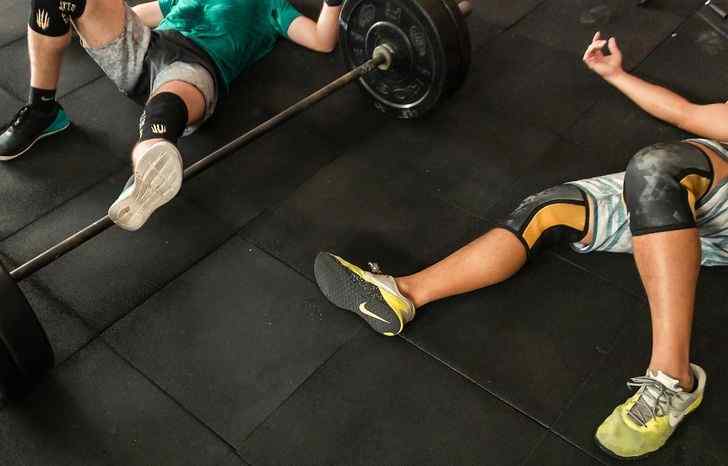
A widespread misconception is that training more frequently will cause your muscles to grow faster and allow you to attain better results. Overtraining, on the other hand, might result in unneeded pain and discomfort.
Furthermore, our muscles require recovery, which is critical for building glute strength.
Don’t hold your breath for immediate results.
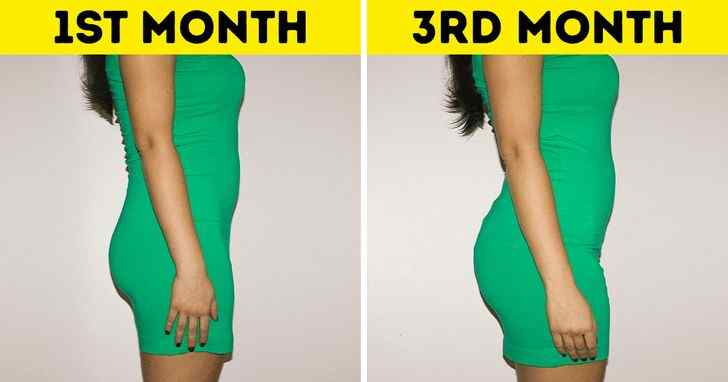
Although it may seem self-evident, many people disregard this advise and give up before accomplishing their goals. Lifting, squatting, and lunging take time for our muscles to adjust to.
Some people may see significant changes in a month, but most people take two months to notice results and three months to notice a significant shift. It all depends on the individual.
Yoga isn’t known for being an excellent buttworkout.

Kickboxing, pilates, and long-distance running are all examples of this. None of these exercises, according to Contreras, will build the glutes as effectively as heavy strength sessions.
He continues, “Your glutes are really strong to begin with, so you have to go hard to really train them.” Lifting weights is the greatest way to accomplish this.
Have a plan.
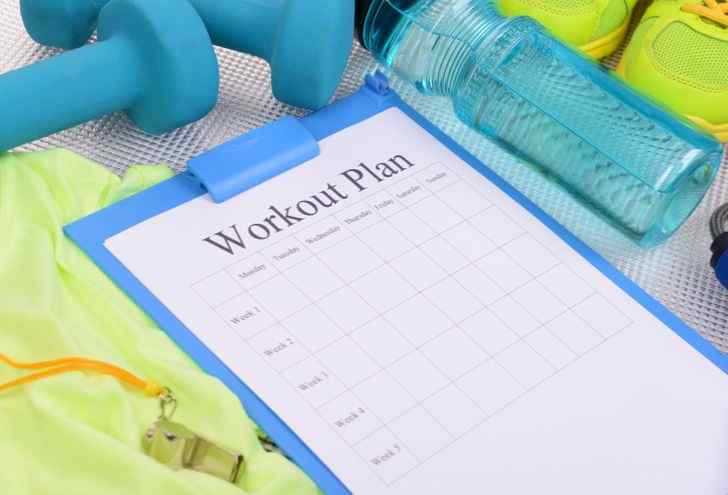
If you want to strengthen your glutes and are serious about it, you’ll need a strategy. The ability to challenge the muscles by gradually adding more and more weight is the key to strengthening and sculpting the glutes.
When you get into the gym knowing exactly what exercises you’ll do and how many reps and sets you’ll do, it’ll be easier to concentrate and produce better results.
Reduce the amount of cardio you perform.
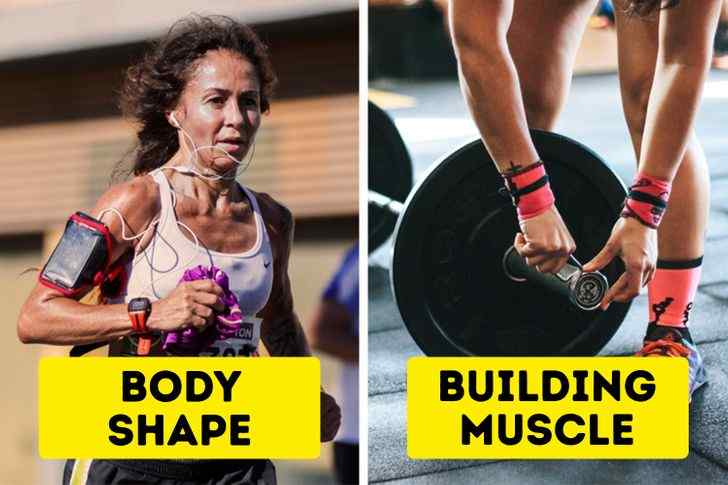
Cardio activities are a terrific method to improve your general body form, but they can also work against muscle gains at times. “If you’re preparing for a marathon, you won’t be able to concurrently grow your glutes to a great degree,” explains Contreras.
Do you have any further suggestions to add to this list of useful hints? Or perhaps you have some suggestions that aren’t on this list? Please let us know if you have any questions or concerns.
